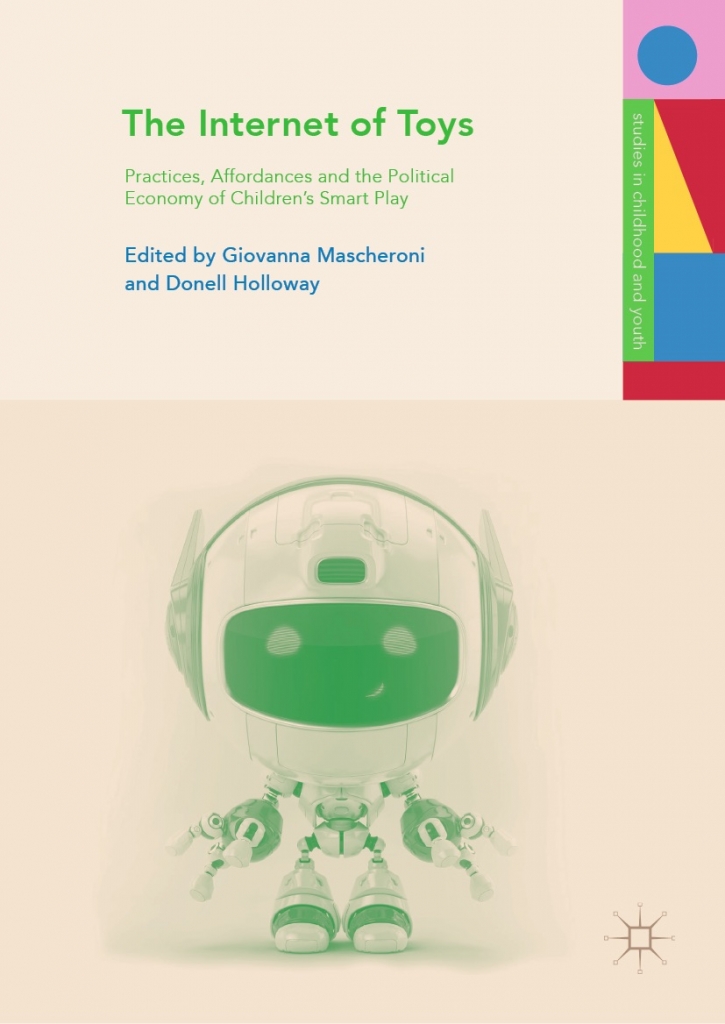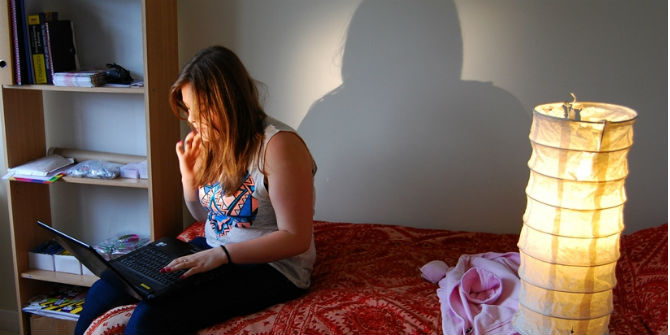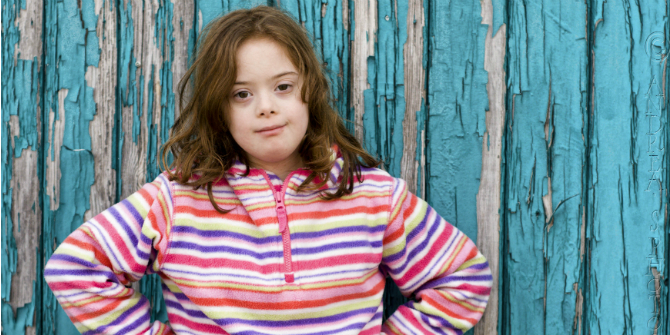In this post Giovanna Mascheroni and Donell Holloway explain why we need to consider the social context and consequences of children’s use of internet-connected toys and devices. They draw upon findings from their recently published book “The Internet of Toys: Practices, Affordances and the Political Economy of Children’s Smart Play”. Giovanna Mascheroni is a senior lecturer in Sociology of Media and Communications at the Department of Communication and Performing Arts, Università Cattolica del Sacro Cuore, and member of the EU Kids Online management team. Donell Holloway is a senior research fellow at Edith Cowan University, Perth, Australia.
“It’s just the evolution of Tamagotchi and Furby!” Comments like this abound in online reviews of internet-connected robotic toys. The Internet of Toys (IoToys) may not (yet) be as resourceful as the utopian and dystopian imaginaries of robots and AI would posit. Yet, they are already a reality for many children, an integral part of the datafied environments in which they grow up. Already in 2017, a survey by the Family Online Safety Institute showed that 35% of children aged 12 and younger own or have access to an internet-connected toy, and 31% use a wearable device. It’s about time, then, that we moved beyond media panics and media hype and start to understand the social use in context, and the social consequences of IoToys for children.
The IoToys book
Our recently published book “The Internet of Toys: Practices, Affordances and the Political Economy of Children’s Smart Play” aims to provide the first empirical evidence on the domestication of IoToys in children’s everyday lives and, at the same time, a critical account of the political economy of IoToys. That is, it addresses both the opportunities and the challenges of IoToys for children, parents, educators and policymakers. On the first side, it situates the risks of IoToys in the context of the wider mediatisation and datafication of childhood and parenting. On the other side, it examines children’s engagement with of hybrid playthings.
IoToys as media
The book makes the argument that we have much to gain from an understanding of IoToys as media: being wired to networks and equipped with sensors of various kind, these toys can track and communicate an unprecedented volume of personal, environmental and play data. In so doing, IoToys are a further means of datafication of children’s everyday life – a process through which on- and offline activities and even emotions are turned into online quantified data that can be measured, analysed in order to predict future behaviour, and monetised. So, the book moves beyond media representations of the risks of internet-connected toys as privacy and safety risks that affect the individual child – and her parents – in the short term. Rather, it argues that the social and political consequences of datafication extend beyond privacy issues to encompass the transformation of the very conditions under which citizenship is enacted. First, the data collected by smart toys feed into digital dossiers that may shape children’s future life chances, by regulating access to education, health, job opportunities, credit, etc. What’s at stake here, then, is children’s rights to privacy and participation. Second, we argue that growing up amidst technologies that track and monitor behaviour, children incorporate what Lyon calls a “surveillance culture”. A further critical aspect outlined in the book is the global commercial culture in which children are increasingly ‘enveloped’ through their participation in crossmedia ecosystems of which IoToys are part.
IoToys as playthings
The book also offers a counterbalance to the potential over-focus on risks by paying heed to the opportunities of new forms of embodied digital-material play. Many chapters in the volume offer a rich account of children’s interaction with IoToys and with other children around IoToys in the domestic and pre-school context, pointing to the complex layering of the functionalities and materiality of technology, children’s imaginative play and their affective engagement with playthings. By examining the practices of children, parents, educators and designers, their distinctive expectations, hopes and fears the book highlights the opportunities of IoToys for children’s play, learning and creativity. And it eventually concludes that the messiness of everyday life and the unpredictable, creative character of children’s agency may counter, at least partly, the ubiquitous and infallible machine of surveillance capitalism.
So, the contributions in the book all emphasise the need to contextualise the data practices of children and their families and the unproductivity of alarmist tones. Nonetheless, the authors also point to the relevance of a multi-stakeholder – policy makers, children’s rights advocates, researchers, designers, toys’ industry, and parents – approach to design child-centred, stimulating and safe connected toys that conform to existing and future regulations and policies that limit the collection and use of children’s data.
Notes
The authors are retracting chapter 15 of the book ‘Covert Advertising on IoToys’, due to factual discrepancies. Both authors agreed to this retraction.
This post gives the views of the authors and does not represent the position of the LSE Parenting for a Digital Future blog, nor of the London School of Economics and Political Science.







